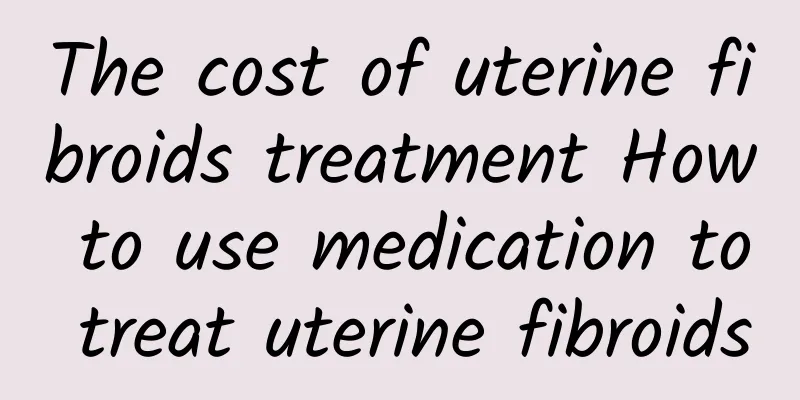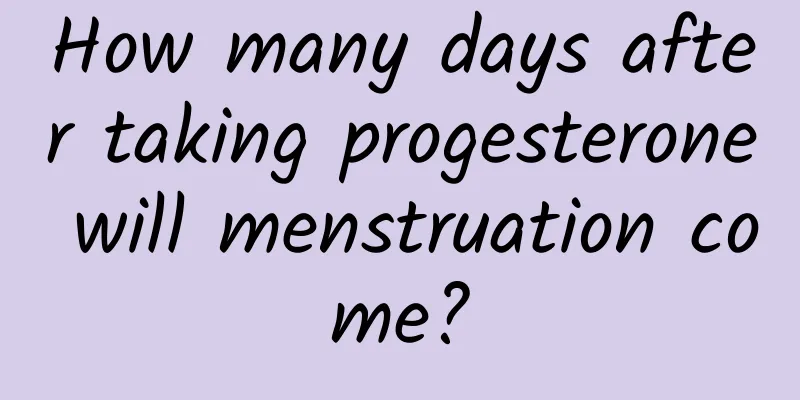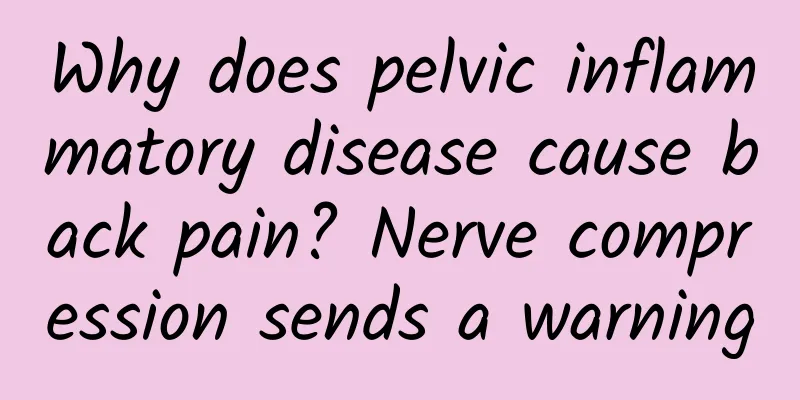What does bilateral polycystic ovaries mean?

|
What is bilateral polycystic ovary? Some women are diagnosed with bilateral polycystic ovary during gynecological examinations, which confuses female patients because they don't know how this disease occurs. So, what does bilateral polycystic ovary mean? Let's ask experts to introduce it, hoping to help everyone. Experts point out that bilateral polycystic ovarian changes refer to what is clinically called "bilateral polycystic ovarian changes". When bilateral polycystic ovarian changes occur, the ovaries cannot function normally, endocrine disorders, and excessive androgens occur, thus manifesting a series of symptoms. The most common ones are menstrual abnormalities, such as infrequent and scanty menstruation, amenorrhea, and dysfunctional uterine bleeding. 1. Genetic factors. Bilateral polycystic ovary is a disease caused by autosomal dominant inheritance or X-linked inheritance, as well as gene mutation. Most patients have a 46XX chromosome karyotype, and some patients have chromosomal aberrations or mosaicism. 2. Adrenal stimulation hypothesis. Some scholars believe that bilateral ovarian polycystic changes originate from prepubertal adrenal disease, that is, when subjected to strong stress stimulation, the reticular zone secretes too much androgen and converts it into estrogen outside the gonads, which feedback causes the HP axis GnRH-GnH release rhythm disorder, and the increase in the LH/FSH ratio leads to increased ovarian androgen production, that is, the adrenal glands and ovaries jointly secrete more androgen, resulting in hyperandrogenemia, which causes the ovarian capsule fibrosis and thickening, inhibits follicle development, and causes ovarian cystic enlargement and chronic anovulation. According to the specific situation of the patient, choose the appropriate surgery to solve the obstacle of egg discharge, make the egg discharge normally, and make the patient conceive naturally. After the operation, according to the specific situation of the patient, combine Chinese and Western medicine, use medicine reasonably, and help the patient restore ovulation. Minimally invasive surgery has less trauma, less pain, and faster recovery; the new adhesion shielding method can effectively prevent postoperative adhesion. The description in this article is just to give you a general understanding of this disease, and we hope it can be of some help to everyone. Experts remind you that in order to improve fertility, you must go to a regular hospital for scientific treatment. |
<<: What causes polycystic ovary?
>>: Is a 2 cm ovarian chocolate cyst serious?
Recommend
Patients with uterine fibroids should avoid consuming red dates and coffee
There are two foods that patients with uterine fi...
How to treat chronic pelvic peritonitis
Pelvic peritonitis is one of the most common dise...
The harm and treatment methods of female amenorrhea
Women themselves do not realize the harm of abnor...
What are the main symptoms of congenital absence of vagina?
Women with congenital absence of vagina are in gr...
Protein deficiency leads to craving for sweets, hair loss, insomnia... Check out these 7 signs!
In order to lose weight, dieting, controlling app...
What are the symptoms of cervicitis?
Cervicitis is a disease that many women will suff...
How to avoid abortion syndrome
The occurrence of abortion syndrome is the result...
What should women eat after uterine fibroid surgery? What foods should women with uterine fibroids not eat?
To prevent uterine fibroids, we must start from t...
What medicine should I take to cure pelvic inflammatory disease?
Pelvic inflammatory disease is a common gynecolog...
What are the types of female cervical erosion? Female cervical erosion can be divided into 4 types
In life, cervical erosion is a complex disease th...
Can Chinese medicine cure female miscarriage?
Abortion seriously endangers women's health, ...
How to treat endometrial tuberculosis effectively
Women of childbearing age are prone to gynecologi...
Organic diseases or drugs may cause irregular menstruation
The cause of irregular menstruation may be organi...
What medicine can cure small uterine fibroids? Take these 3 medicines now
What medicine should be taken for uterine fibroid...
Being a couch potato and loving to cross your legs will cause you to suffer from back pain! 3 stretching exercises to protect your lumbar spine
Are you a couch potato who often stays at home wa...









